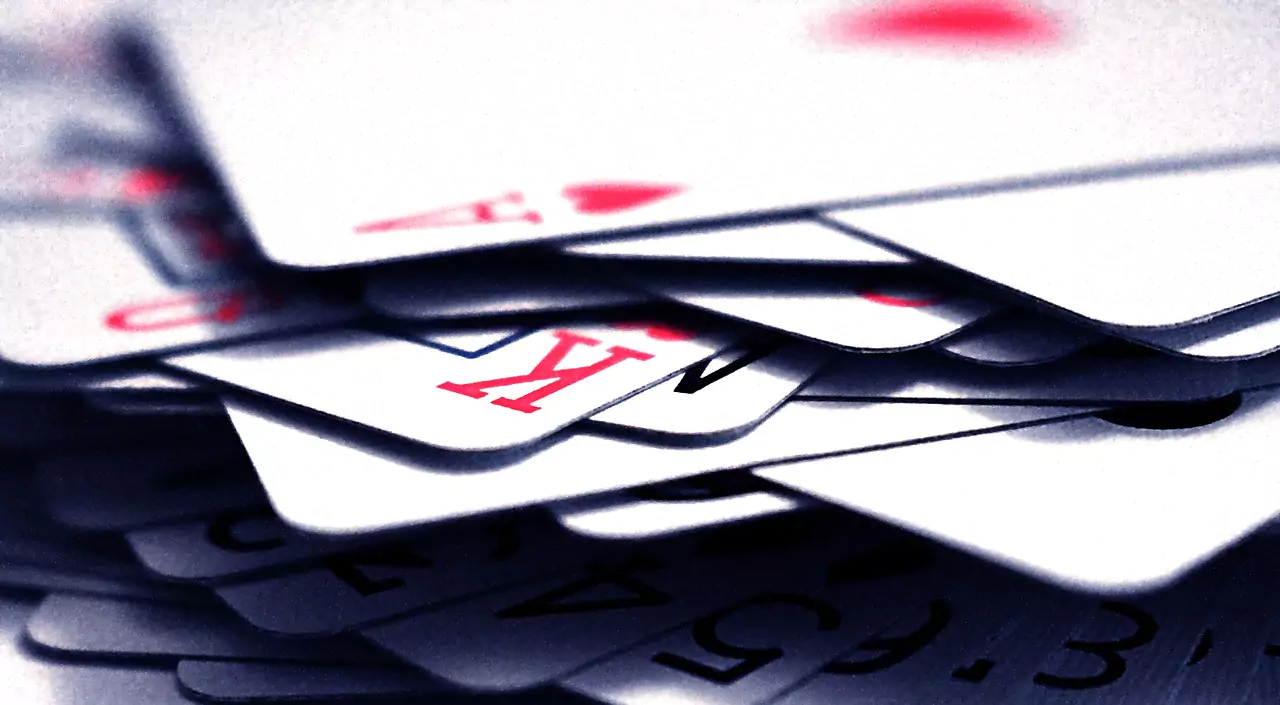In the vibrant tapestry of poker, where skill, psychology, and strategy intertwine, the concept of blinds emerges as a pivotal element that shapes the ebb and flow of the game. Like silent sentinels, the blinds stand at the threshold of each hand, compelling players to engage in a delicate dance of risk and reward. Join us as we delve into the intricate world of blinds, unraveling their strategic nuances and understanding the profound impact they wield on the dynamics of poker.
The Origins of Blinds: Illuminating the Shadows
The term “blinds” in poker refers to forced bets that two players, known as the small blind and big blind, must place into the pot before the cards are dealt. These bets initiate the betting action and ensure there is a stake in the pot from the outset, injecting a layer of strategy and tension into every hand.
The Dual Guardians: Small Blind and Big Blind
Small Blind (SB): The small blind is the player seated to the left of the dealer. This player must post a smaller forced bet, usually half of the minimum bet for that particular hand. The small blind occupies a unique position, contributing to the pot without having seen any cards, necessitating a cautious approach.
Big Blind (BB): The big blind, positioned to the left of the small blind, posts a larger forced bet equal to the minimum bet for the hand. The big blind is the last to act before the flop, enjoying the advantage of having seen most of the actions of other players.
Together, the small blind and big blind initiate the betting, setting the stage for the unfolding drama of each poker hand.
The Dance Begins: Pre-flop Dynamics
The strategic interplay of blinds commences during the pre-flop phase, where players receive their initial two private cards. Here, the small blind and big blind face distinct challenges and opportunities.
Small Blind Strategy: The small blind, having posted a forced bet without seeing their cards, must decide whether to complete the bet to the minimum for the hand or raise. This decision is influenced by the strength of their hand and the actions of other players.
Big Blind Advantage: The big blind enjoys the advantage of closing the betting action for the pre-flop round. This position allows the big blind to make more informed decisions, having observed the actions of other players. The big blind has the option to check, raise, or fold based on their assessment of the overall table dynamics.
The Unfolding Drama: Post-flop, Turn, and River
As the community cards are revealed through the post-flop, turn, and river rounds, the strategic significance of blinds persists, shaping the decisions of the small blind and big blind.
Small Blind Challenges: The small blind, having committed a forced bet, may face the dilemma of defending their investment or folding if the community cards do not favor their hand. The small blind’s position remains challenging, as they act first in each betting round, requiring astute decision-making.
Big Blind’s Last Act: The big blind, armed with knowledge from observing prior betting rounds, takes their turn in the spotlight during post-flop, turn, and river. This advantageous position allows the big blind to make more informed decisions, potentially leveraging their position to control the tempo of the betting.
The Blind Steal: A Strategic Maneuver
One of the strategic intricacies involving blinds is the concept of the “blind steal.” This maneuver occurs when a player, typically in a late position, attempts to win the pot by making a significant raise when the small blind and big blind have relatively weak hands. The blind steal capitalizes on the inherent disadvantage of the blinds, aiming to force them to fold and secure the pot without a showdown.
Blind vs. Blind Battles: The Duel Within
When the action comes down to the small blind and big blind, a unique dynamic unfolds. These “blind vs. blind” battles are characterized by the compressed betting positions and the absence of positional advantage for either player.
Small Blind Aggression: The small blind, recognizing their positional vulnerability, may choose to adopt an aggressive approach, leveraging raises and re-raises to assert dominance. This aggression aims to exploit the big blind’s uncertainty and maximize the potential to win the pot without a showdown.
Big Blind Defense: Conversely, the big blind, cognizant of their late position in the betting order, may opt to defend their blind by calling or raising. This defensive strategy is designed to thwart the small blind’s attempts at blind steals and extract value from their perceived advantage.
The Psychological Element: Mind Games at the Blinds
Blinds introduce a psychological dimension to poker, as players navigate the challenges of posting forced bets and responding to the actions of opponents. The small blind may attempt to project strength despite their positional disadvantage, while the big blind may use their late position to induce uncertainty in their adversaries.
Blinds in Tournament Play: Escalating Pressures
In tournament settings, blinds escalate at predetermined intervals, introducing a time-based pressure that forces players to adapt their strategies. As the blinds increase, the relative value of chips diminishes, compelling players to engage in more aggressive play to accumulate chips and survive the escalating blinds.
The Online Dimension: Blinds in the Digital Realm
In the realm of online poker, the significance of blinds remains intact, but the pace and dynamics evolve. Digital platforms seamlessly manage blind structures, and online players experience the strategic nuances of blinds in a fast-paced environment. The online setting introduces additional tools, such as the auto-post feature, streamlining the blind-posting process.
Conclusion: The Silent Architects of Poker Drama
In the vast tableau of poker strategy, blinds emerge as silent architects, shaping the strategic landscape and infusing each hand with tension and complexity. The small blind and big blind, stationed at the forefront of every hand, engage in a dance of risk and reward, navigating the shadows of uncertainty. Understanding the profound impact of blinds is essential for any poker player seeking mastery, as it unveils the intricate tapestry of poker strategy and enhances one’s ability to navigate the dynamic world of cards, bets, and bluffs.




